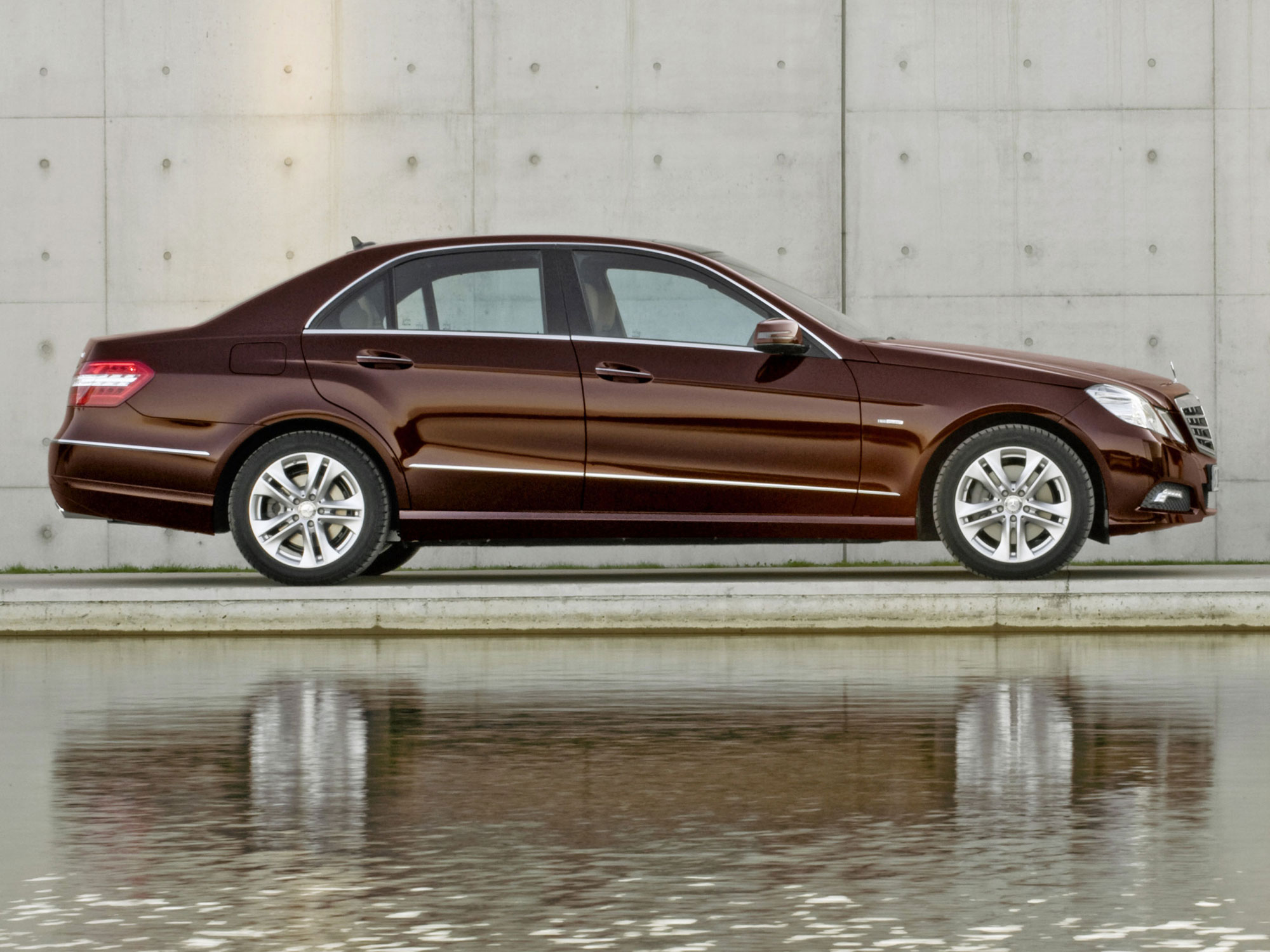
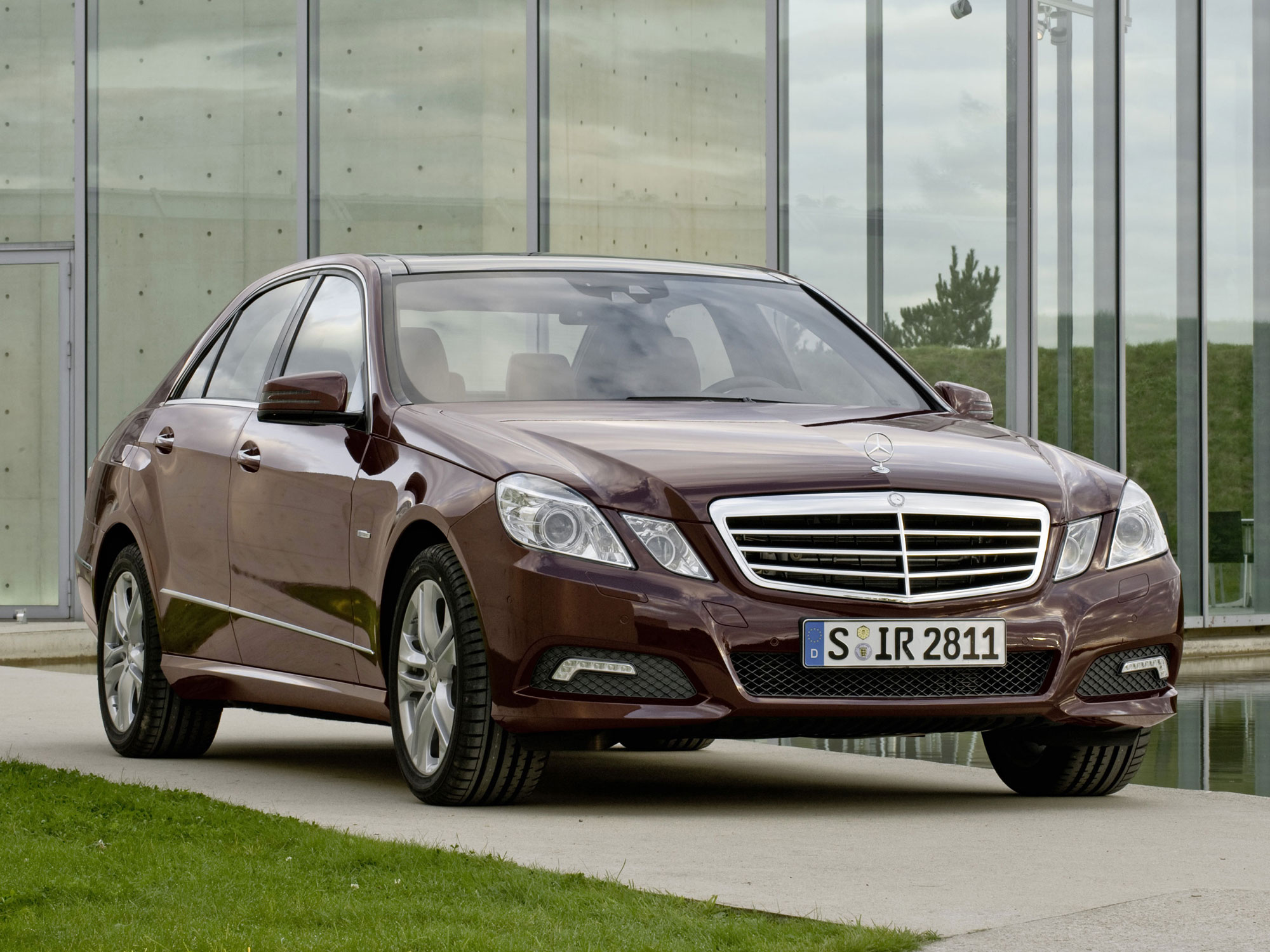
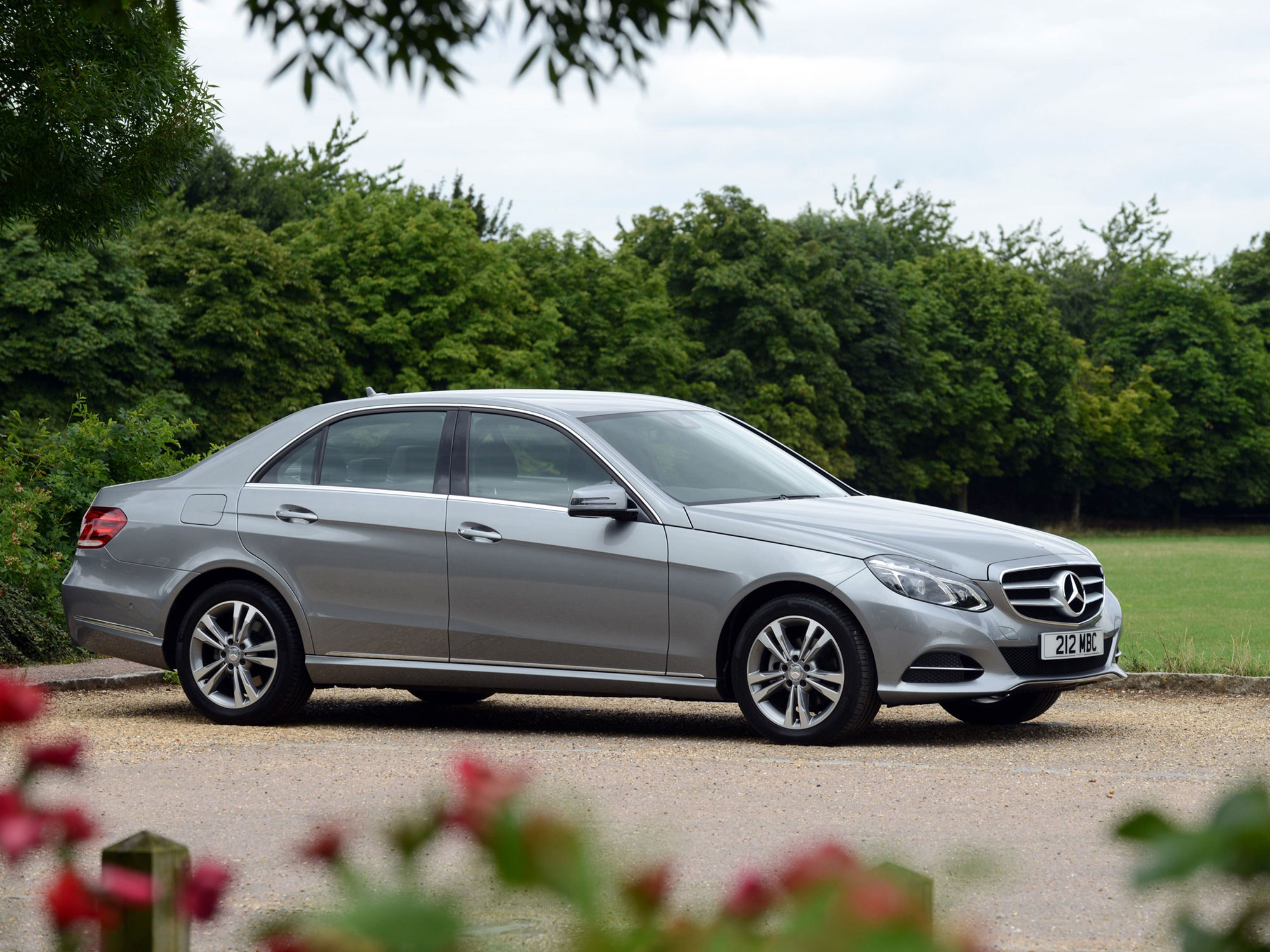

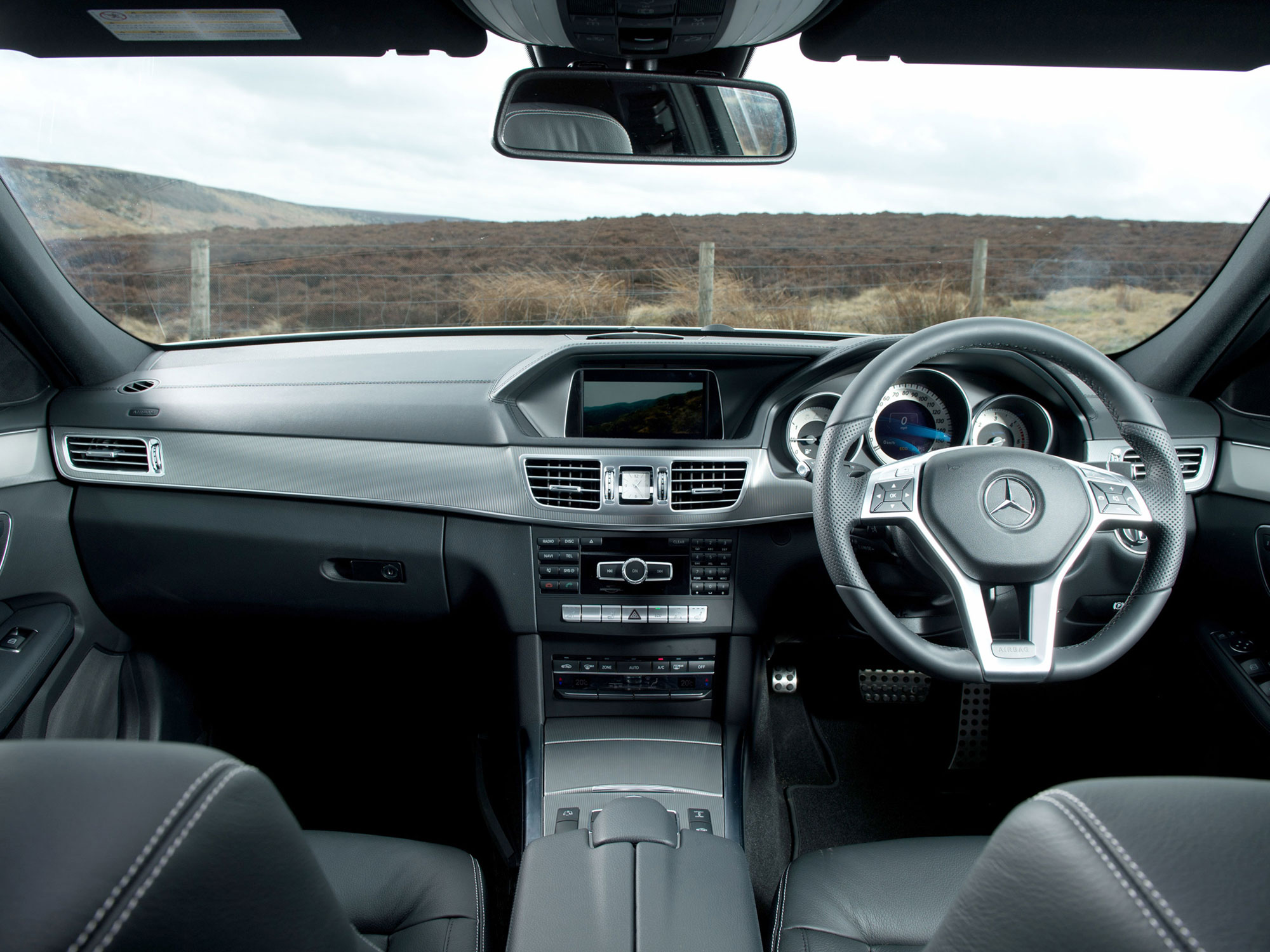

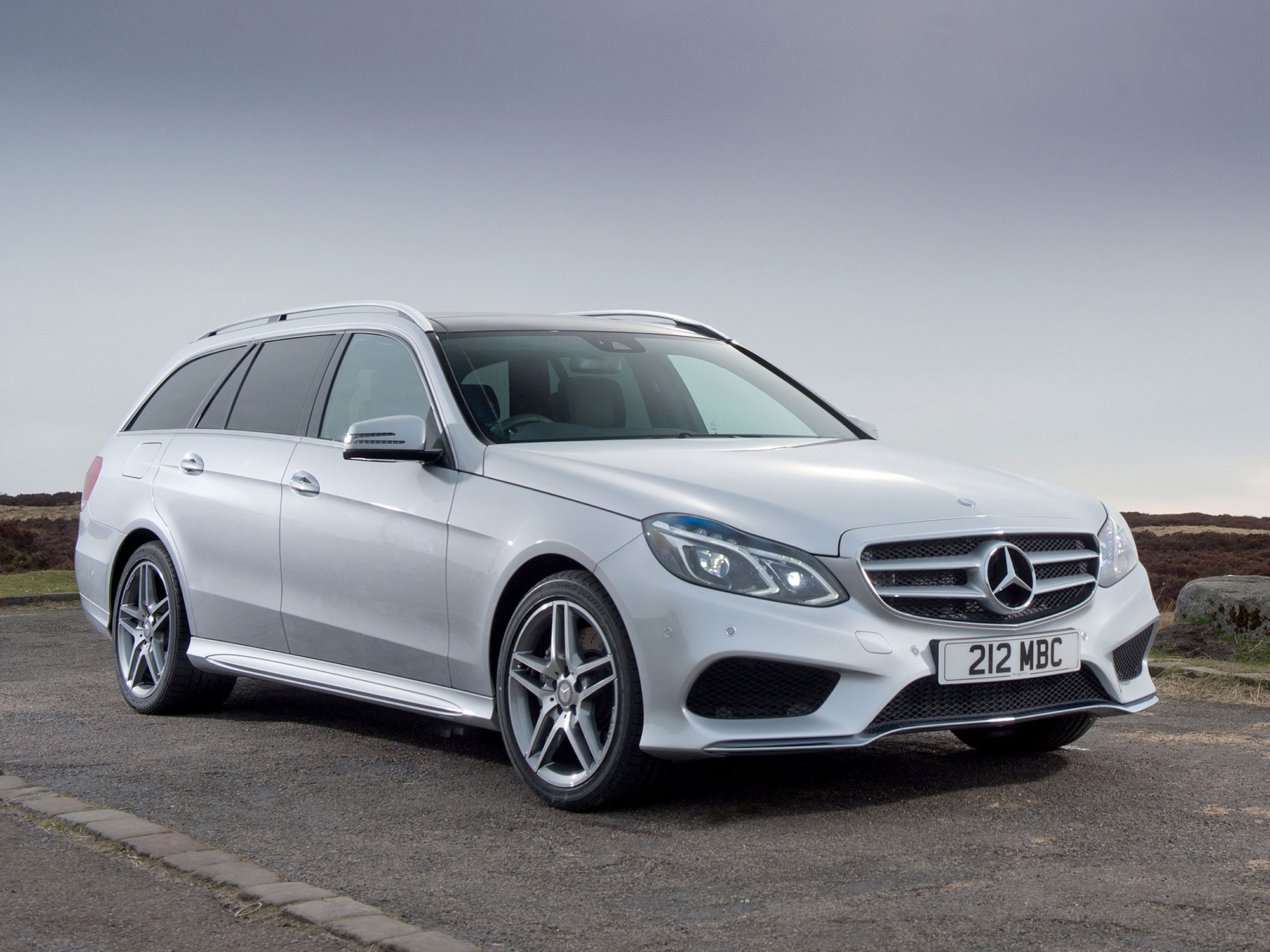
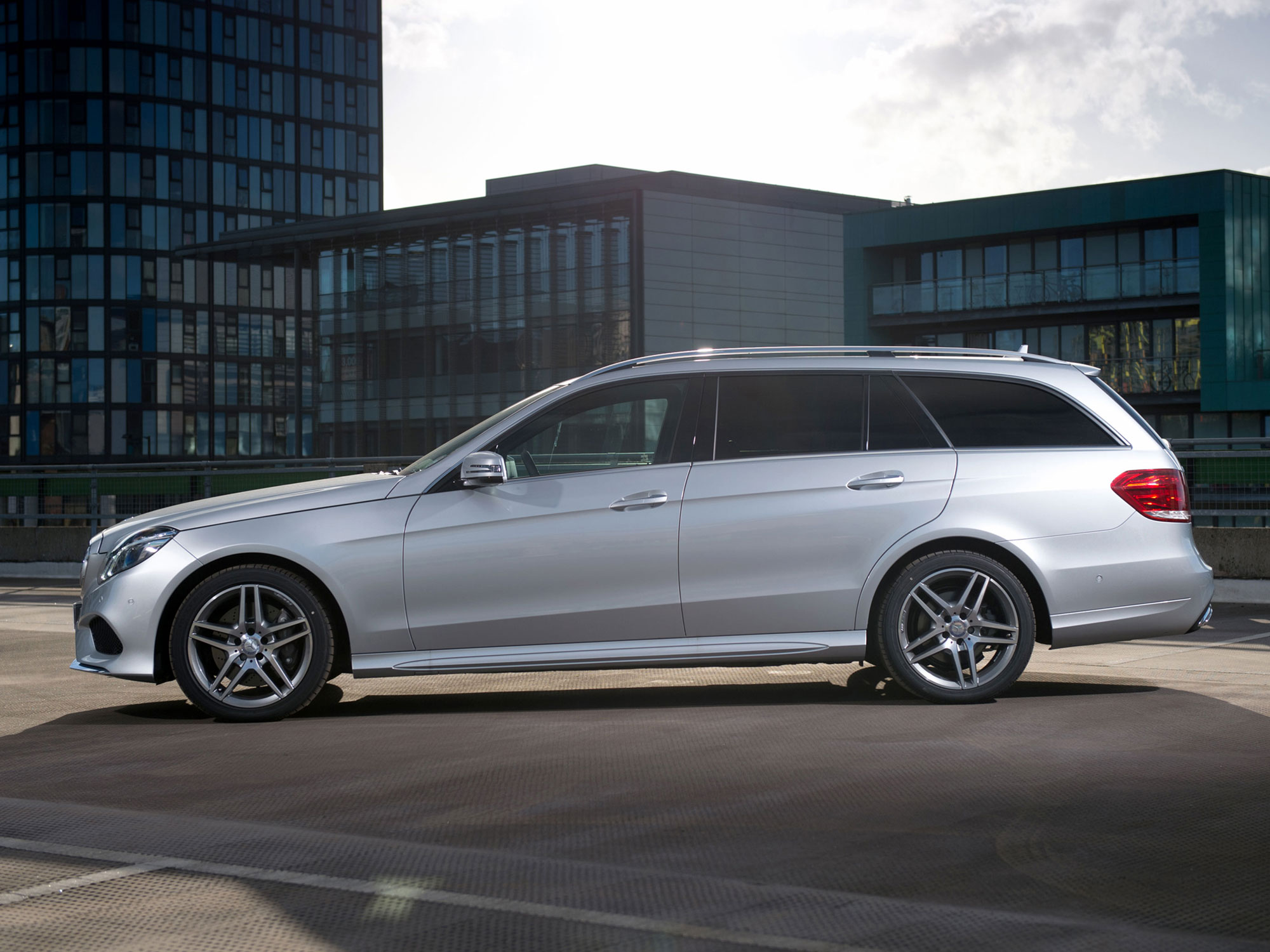
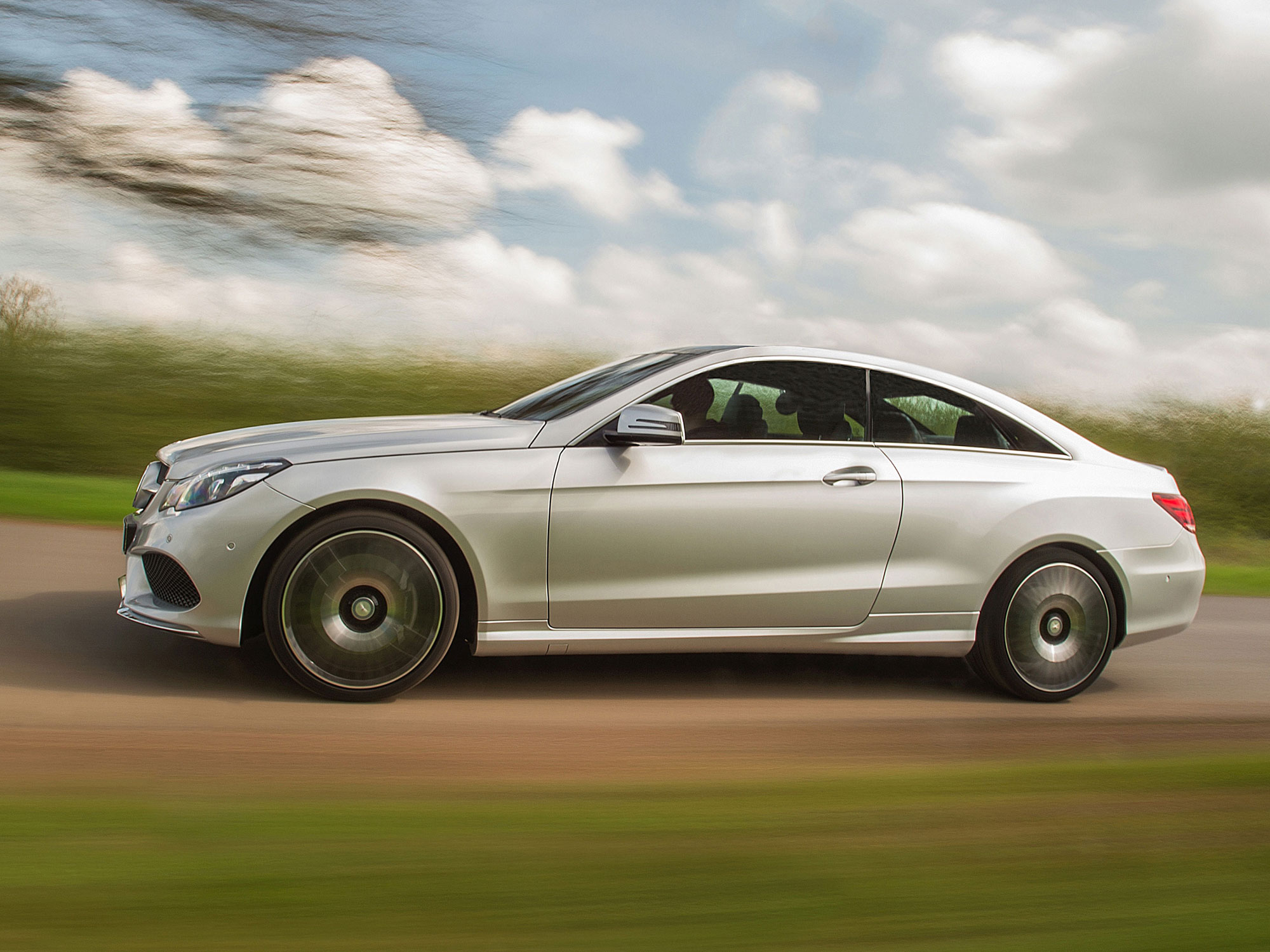
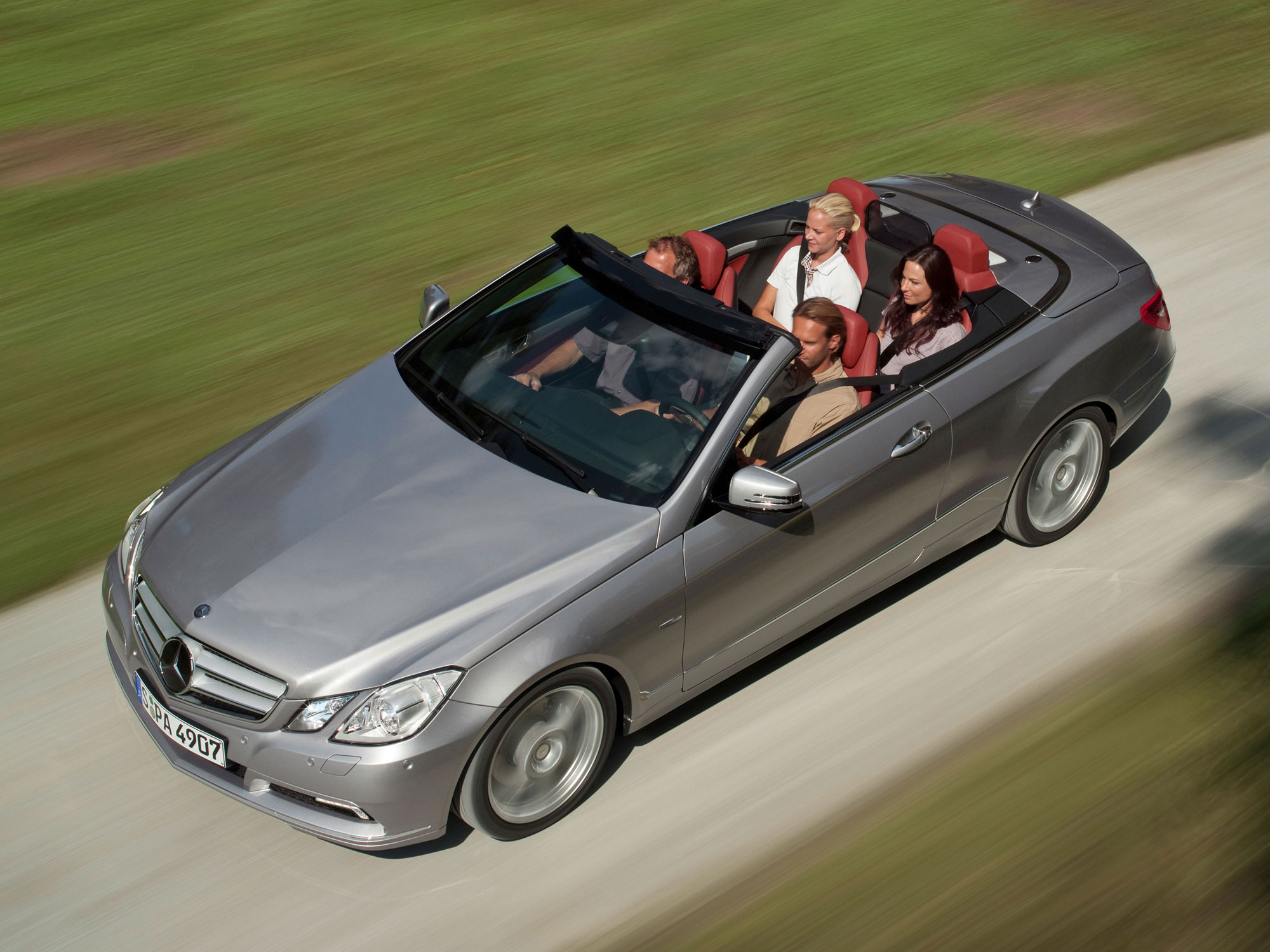
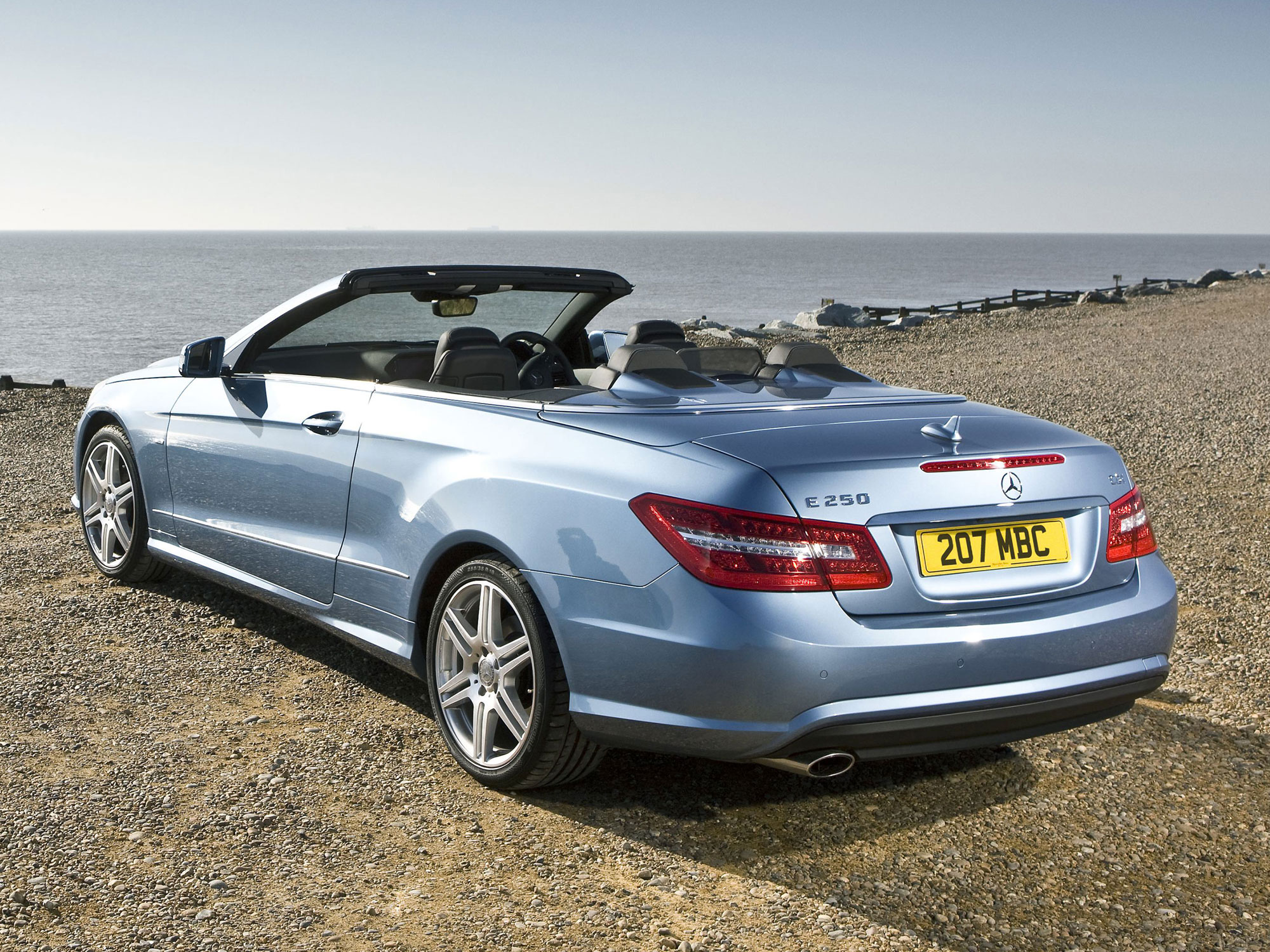
For many, a Mercedes represents the pinnacle of automotive engineering and prestige, and when you look at an E-Class it’s easy to see why. Beautifully built, brilliantly engineered and bristling with safety tech, the Mercedes E-Class is a cut above most of its rivals. With the fourth-generation edition, codenamed W212 by Mercedes, the German company excelled itself with a range of highly desirable saloons, estates, coupés and cabriolets. Expensive when new, these cars aren’t as exclusive as you might think and as a result they can represent excellent value as a used buy – but while the Merc’s efficient engines can be more parsimonious than you might think, running costs can also be high. Still, sometimes it’s worth making sacrifices.
Key dates
6/09: The Mk4 E-Class saloon and coupé arrive. There are E200, E250, E350 and E500 CGI petrol saloons, along with E200, E220, E250 and E350 CDI diesels.
8/09: The 525bhp E63 AMG debuts.
1/10: The capacious estate reaches showrooms, with the same engines as the saloon.
3/10: There’s now an E-Class cabriolet.
11/12: The E300 BlueTec hybrid debuts.
3/13: A facelifted E-Class brings revised exterior styling, extra equipment, cleaner engines and SE or AMG Sport trims in place of the previous SE, Avantgarde and Sport.
9/14: A refresh brings extra standard equipment, a nine-speed automatic transmission and more efficient engines.
Checklist
- Each successive trim level increases fuel consumption and CO2 emissions, so potentially the road tax cost.
- All facelifted autos have seven speeds; before this (March 2013), four-cylinder automatic E-Classes got only five speeds.
- This is a great family car, but the transmission tunnel hinders anyone in the middle of the rear seat.
- The factory-fitted diamond-cut alloys can corrode under the lacquer, but they’re refurbished easily enough.
- Some diesel models were fitted with faulty injectors, so check for misfiring and black exhaust smoke.
- Folding rear seats are only optional in the saloon, so find a car that features them if practicality is key. They really boost the car’s practicality.
- The four-cylinder engines are quick enough, but can be harsh; the six-cylinder units are much smoother, and still decently economical.
We like
- Strength
- Image
- Refinement
- Spacious cabin
- Efficient engines
- Value
- Build quality
- Reliability
- Wide model range
- Safety levels
We don’t like
- Not that exclusive
- Potentially high running costs
